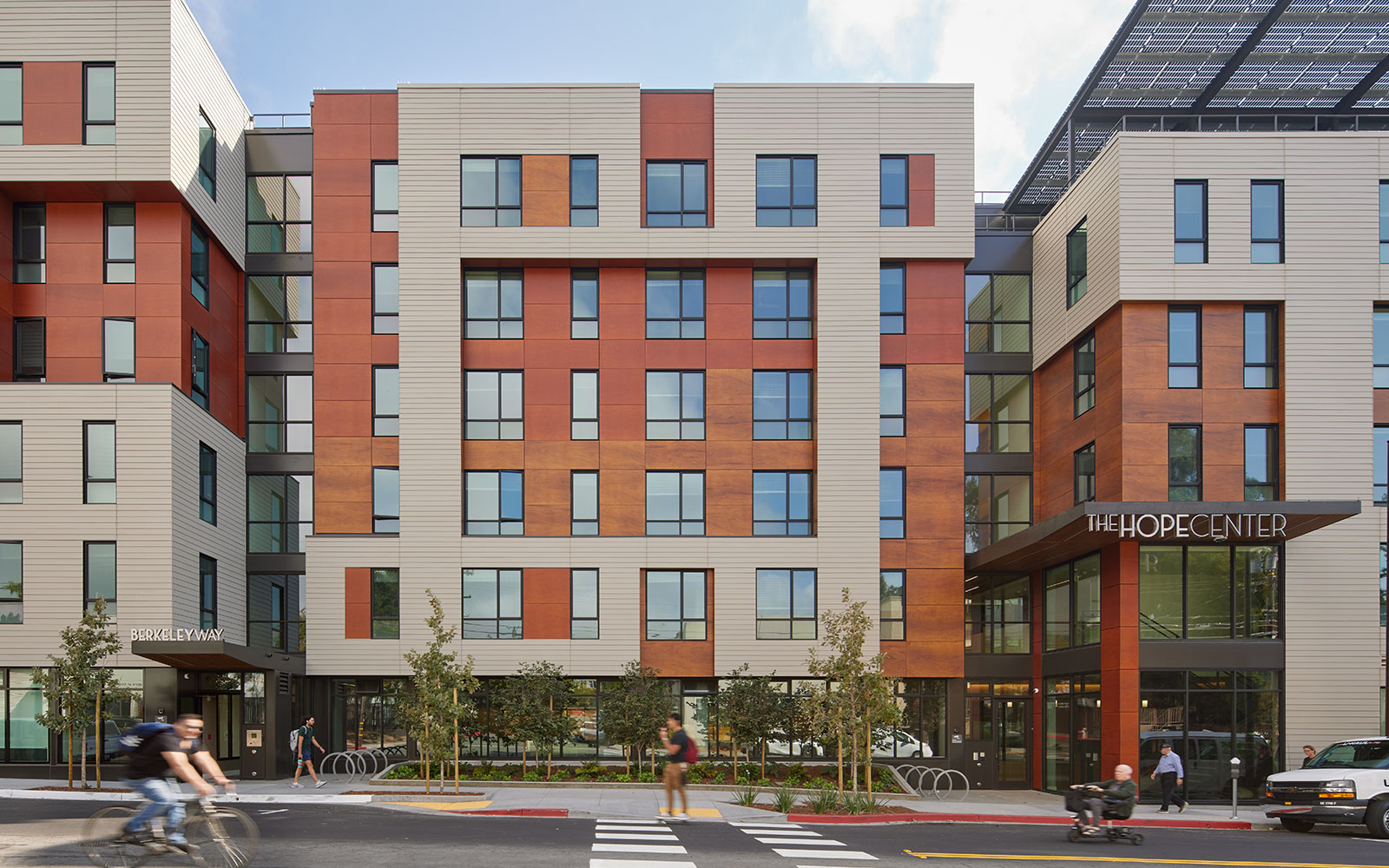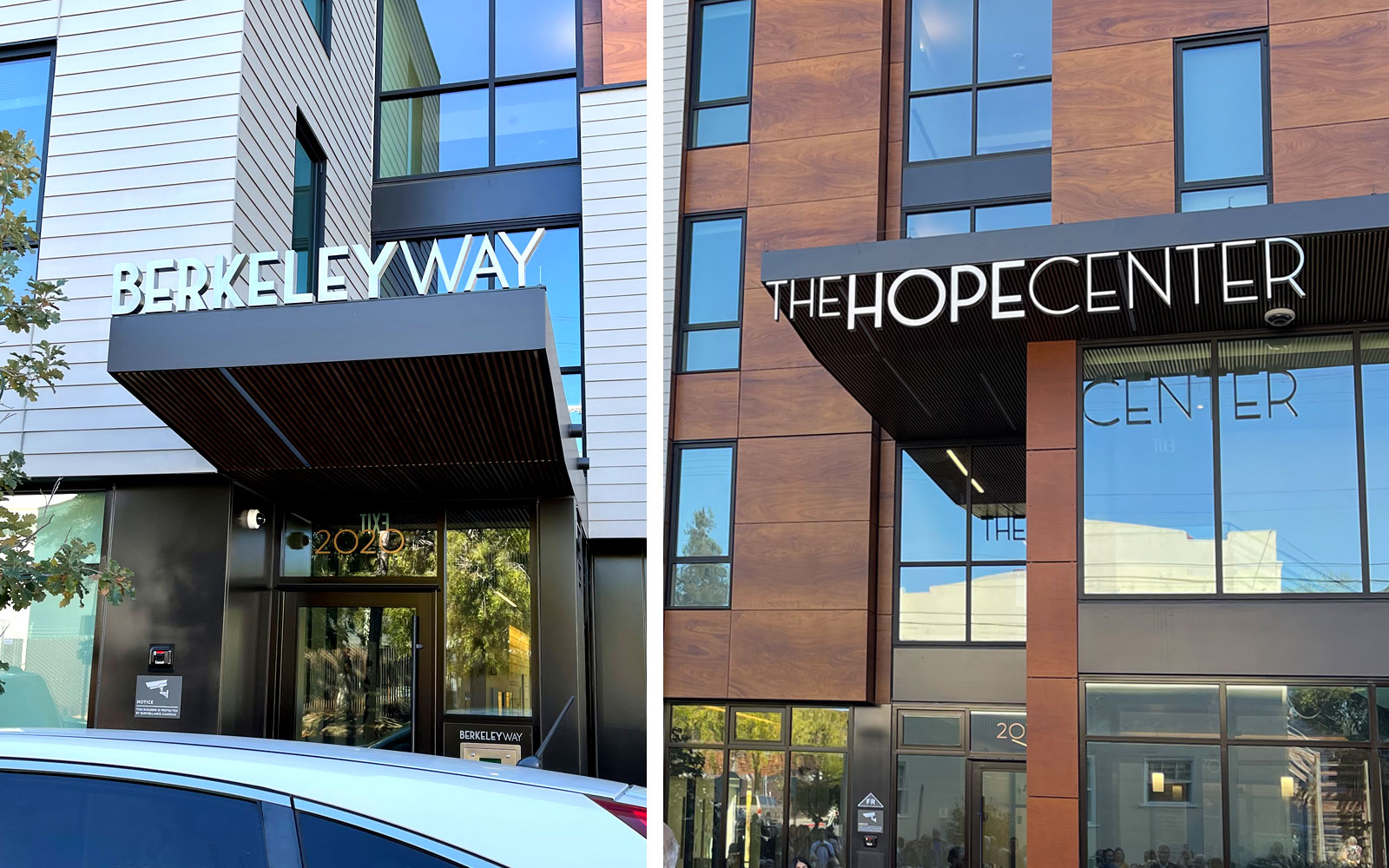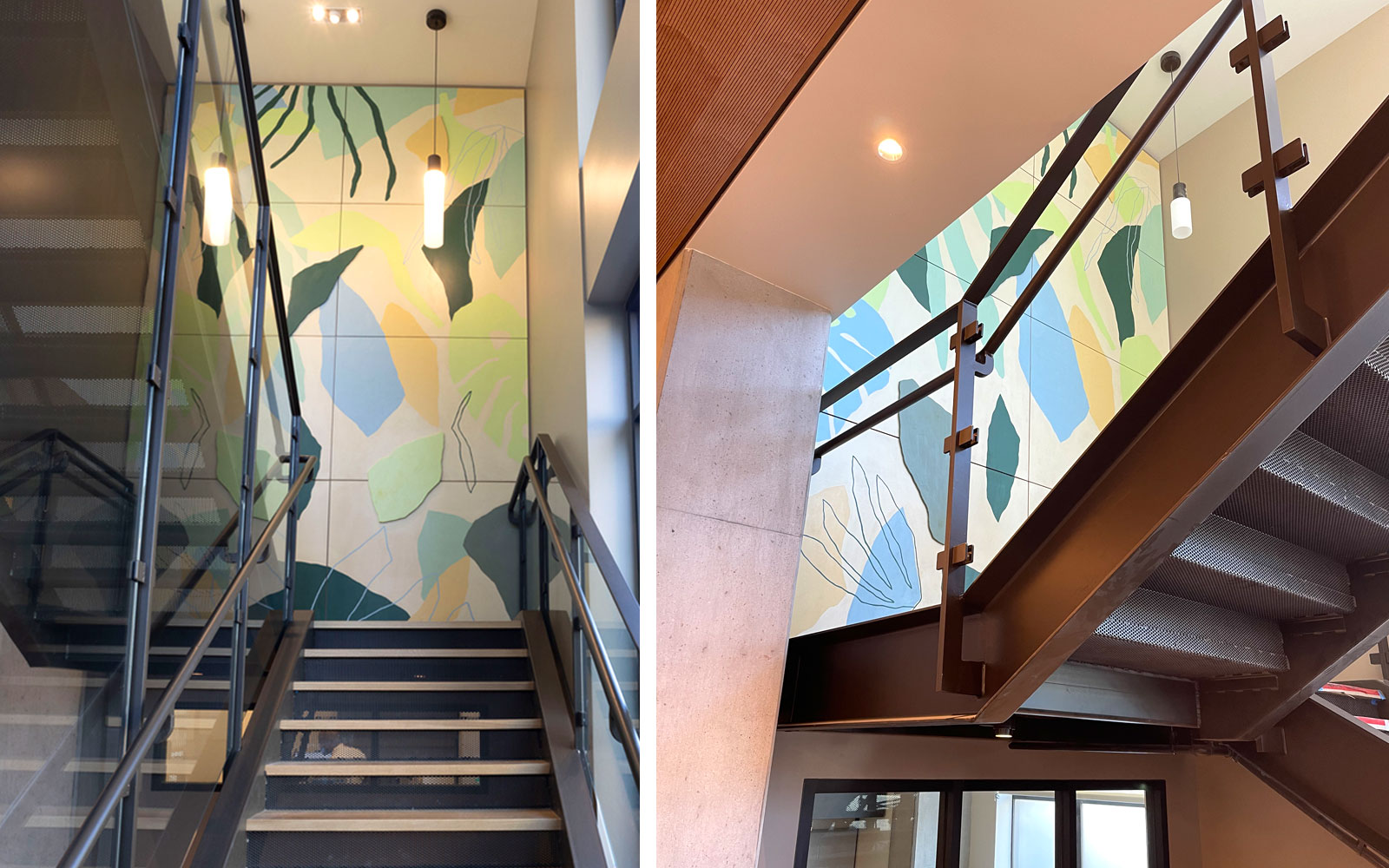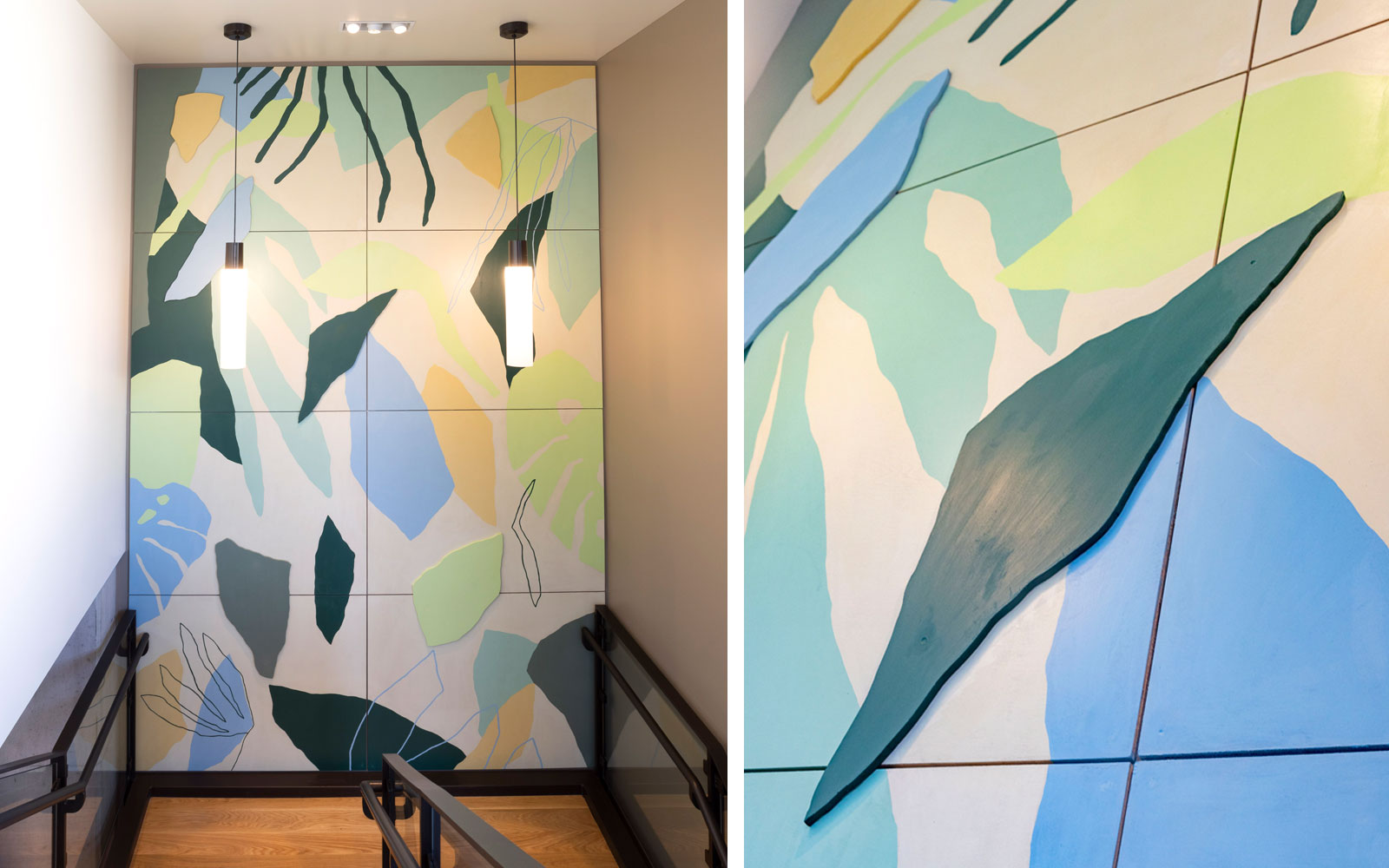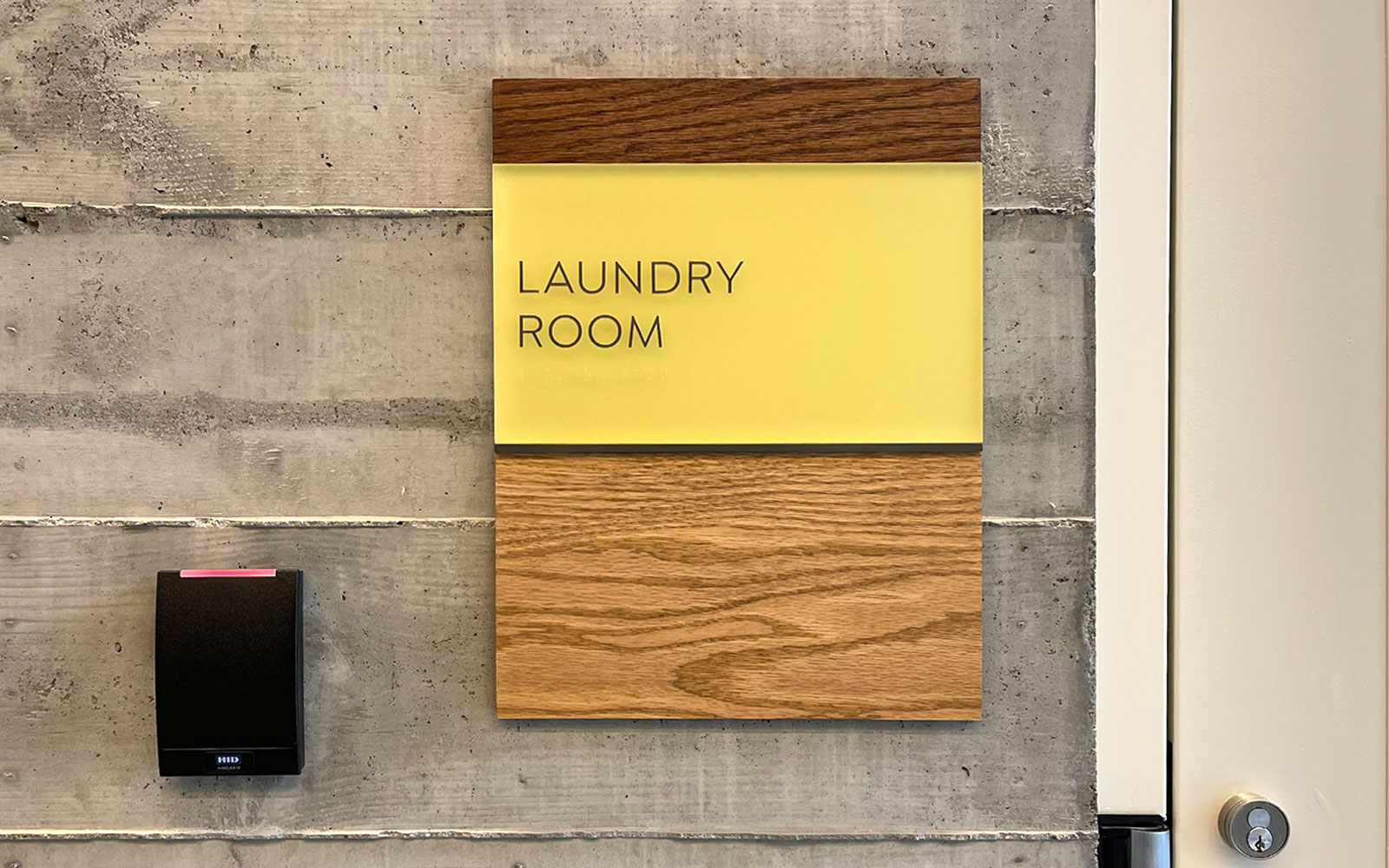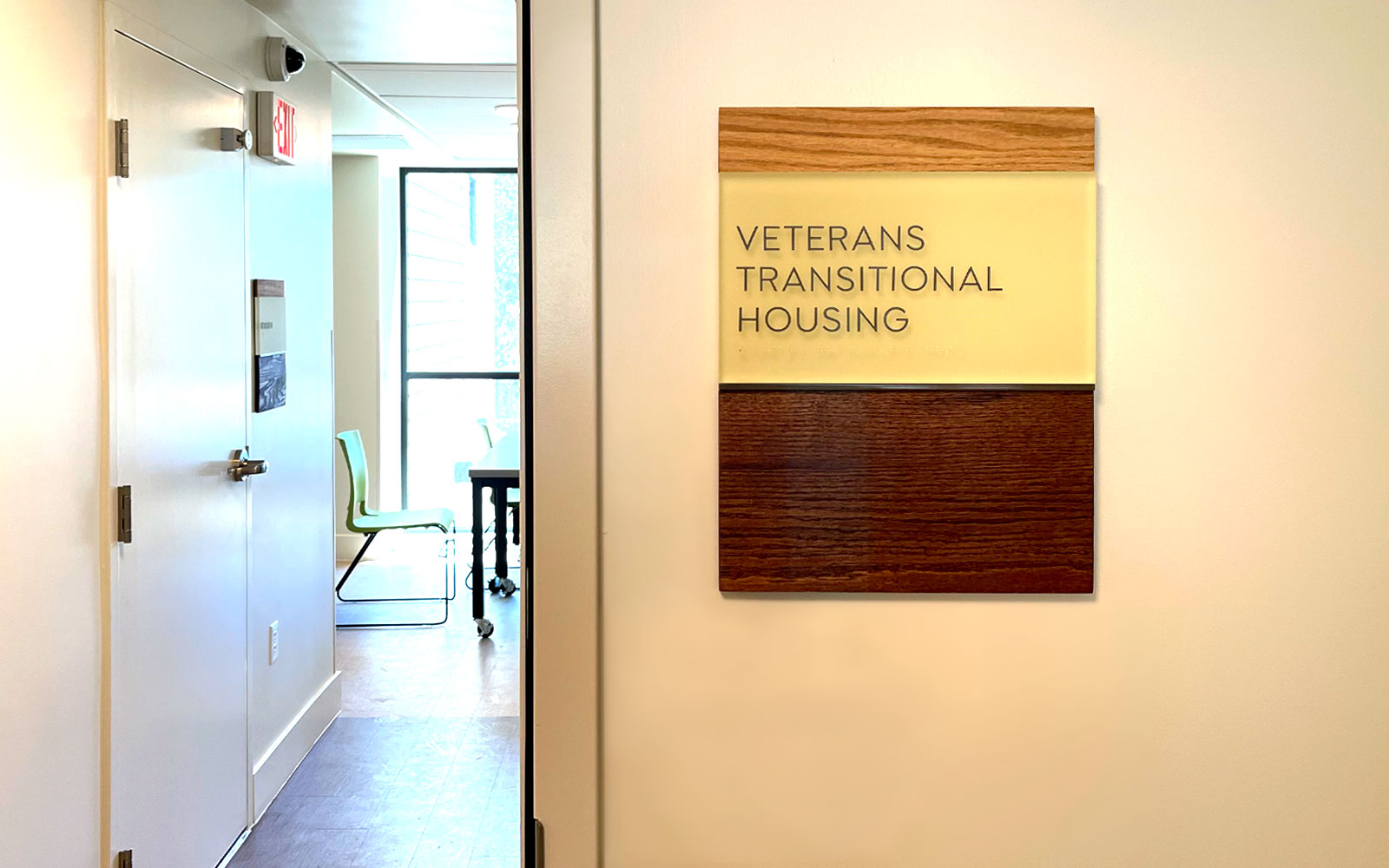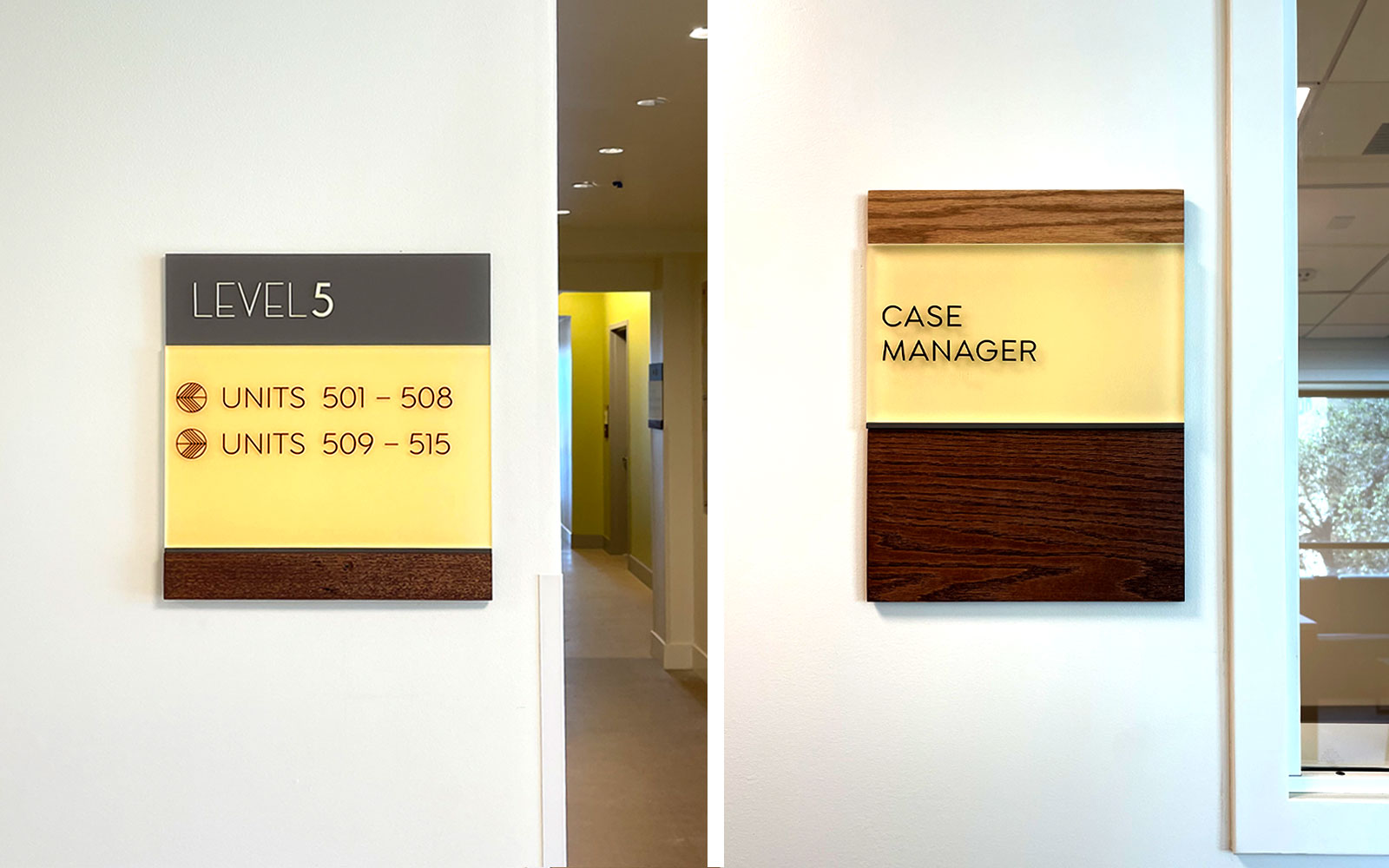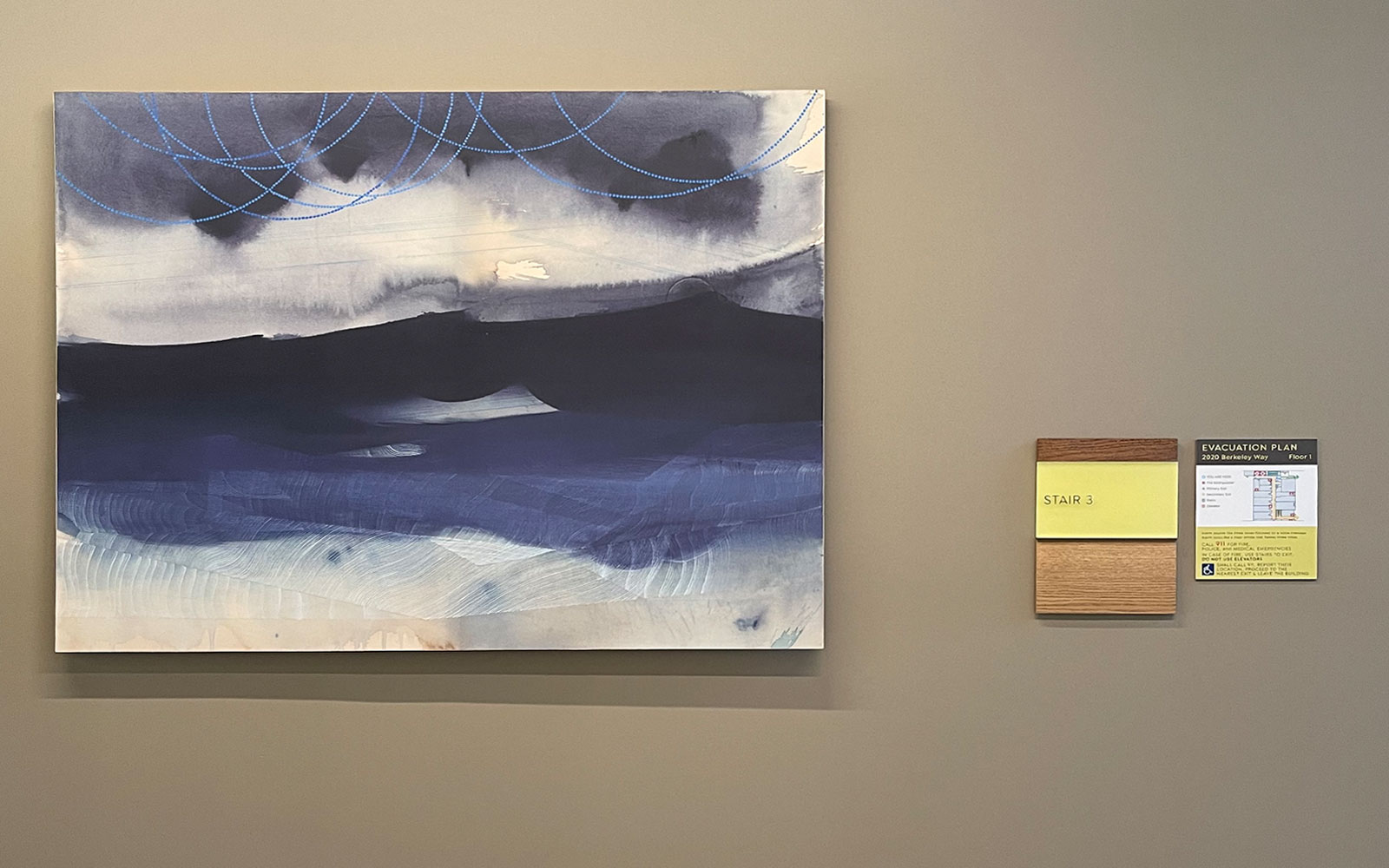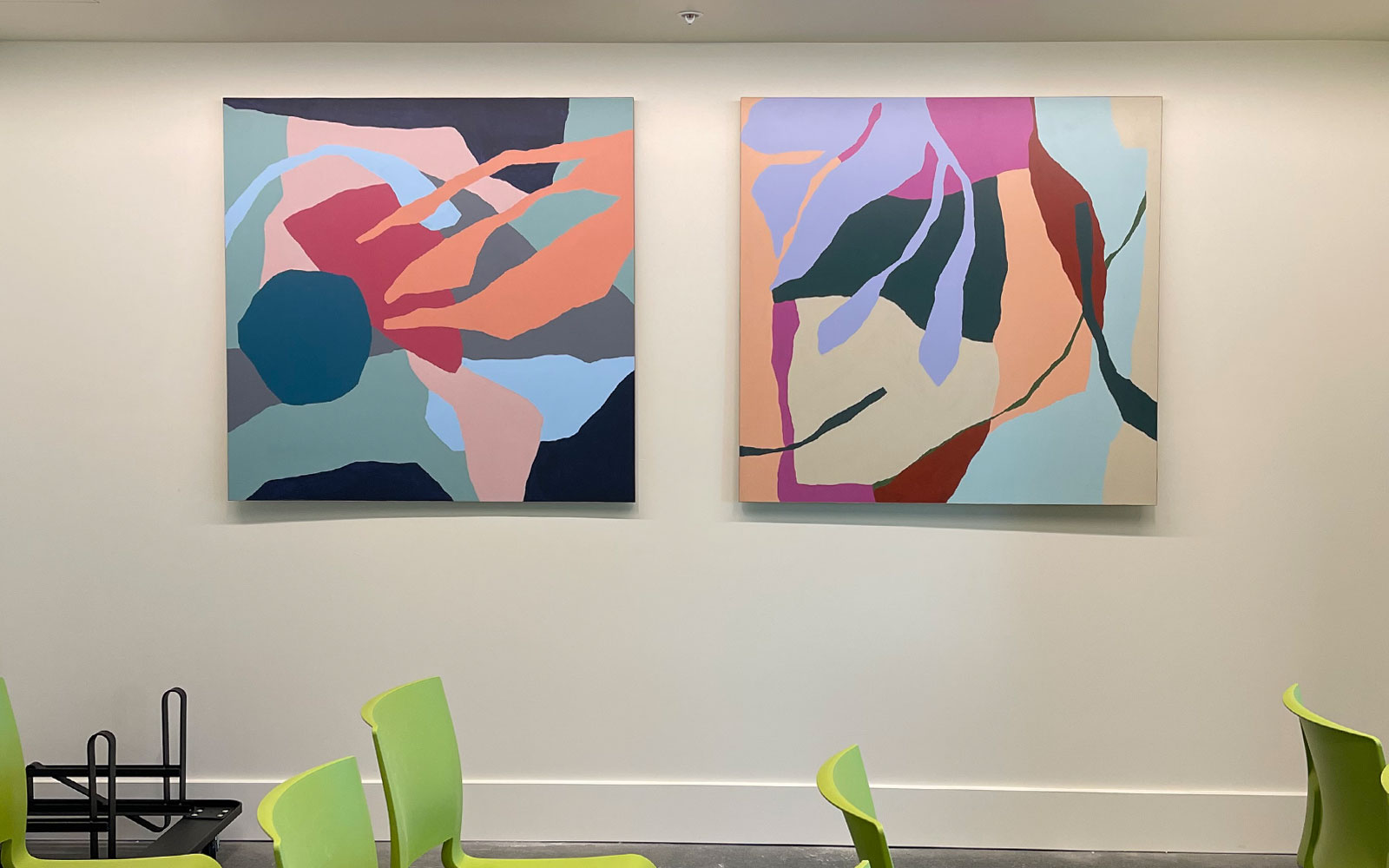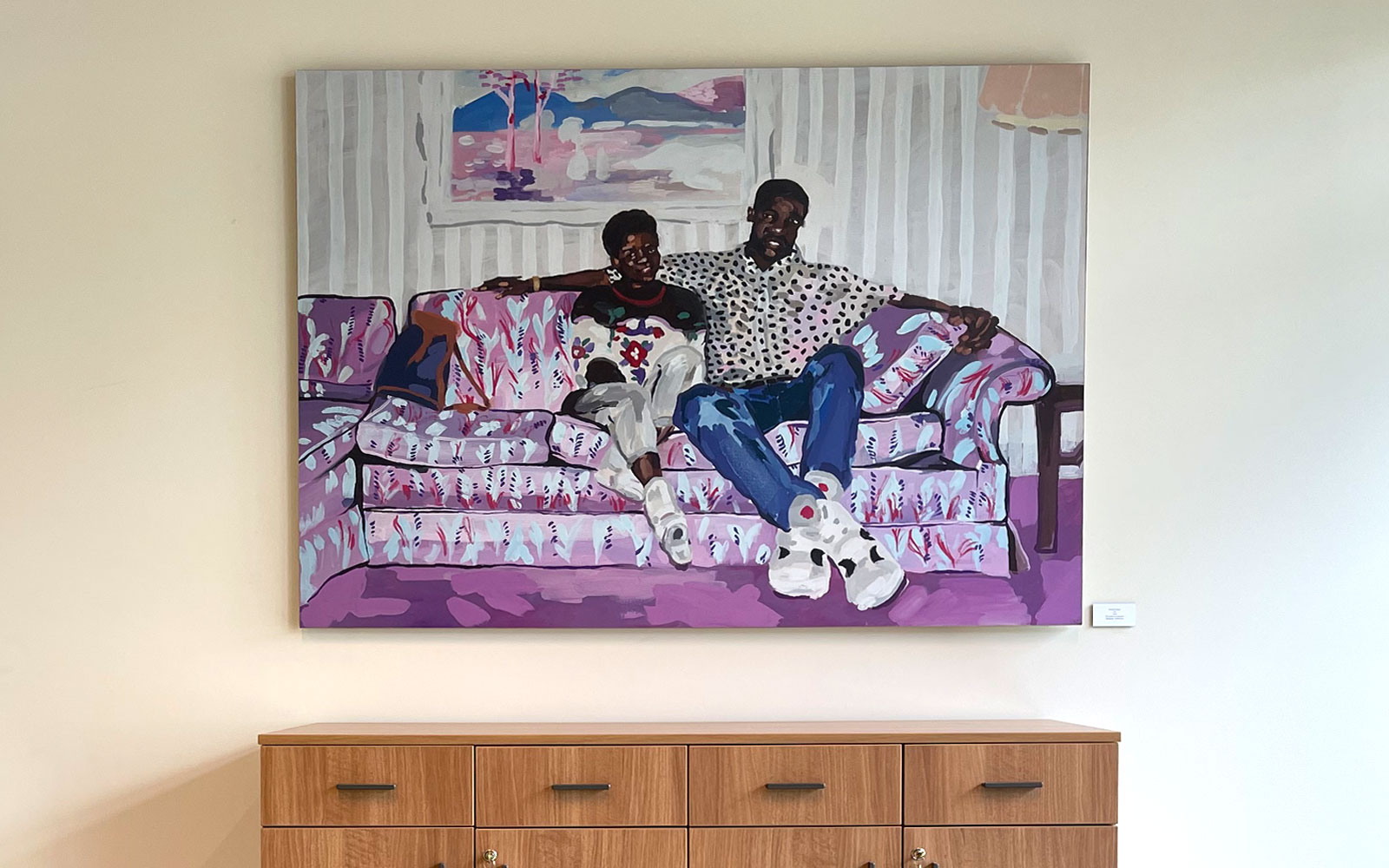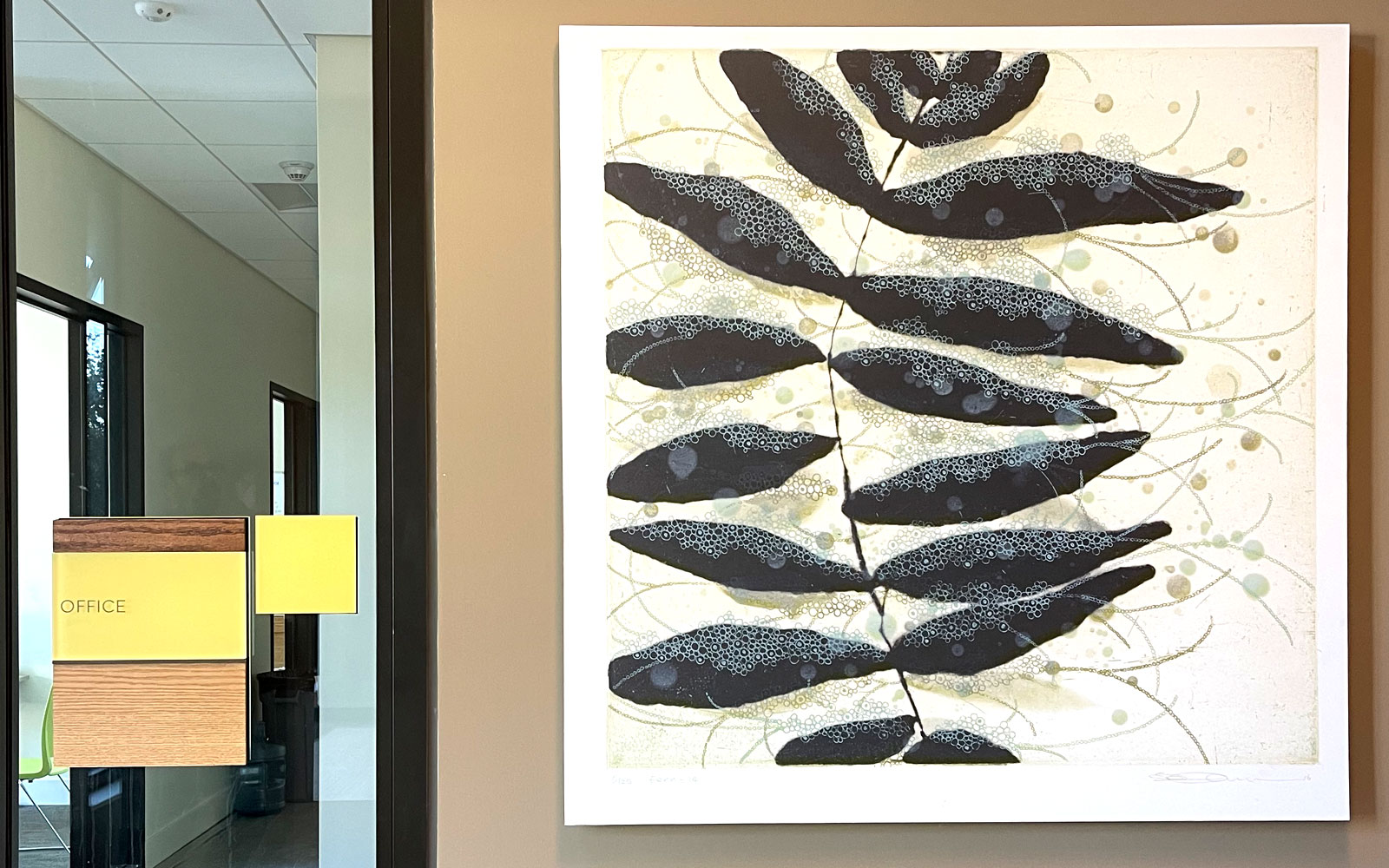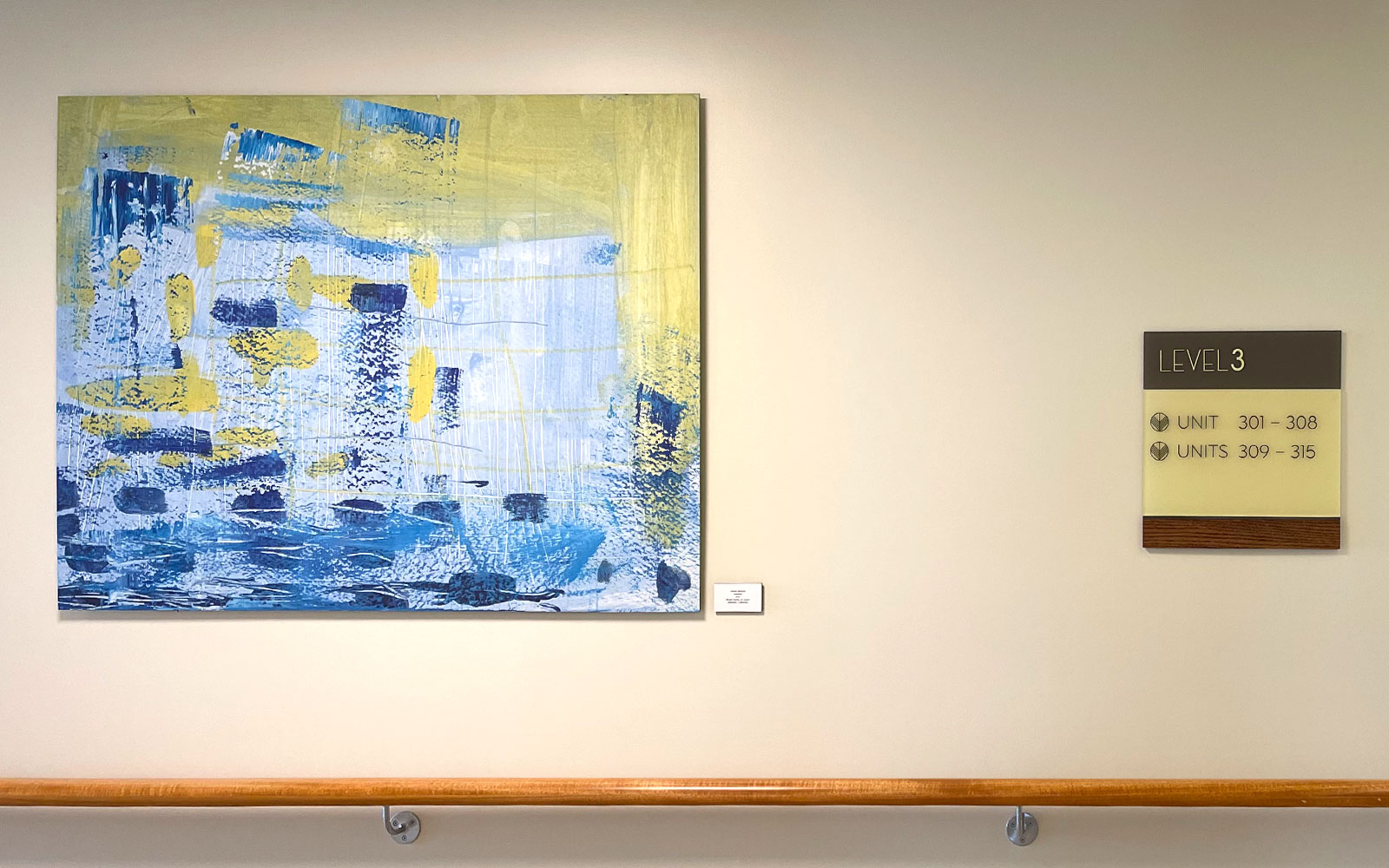The collaboration between Insight Housing (formerly Berkeley Food & Housing Project) and BRIDGE Housing, known as The Hope Center and Berkeley Way, faced a significant challenge in the absence of a cohesive brand identity and integrated design for the two distinct developments. Despite their shared goal of providing affordable and very low-income housing in a vibrant downtown community, the lack of unity in branding and design hindered the seamless integration of these vital initiatives.
The Hope Center serves Berkeley’s very low-income, disabled, and chronically homeless population through innovative housing and on-site support services. It consists shelter beds, permanent supportive housing, and transitional housing beds, Offices for support staff with wrap-around services, and a commercial kitchen and dining facility for residents and their long-running daily Community Meal which began in 1970.
BRIDGE Housing’s Berkeley Way Apartments boasts 89 affordable for low and very low-income families and wrap-around services for mental health, substance abuse, job training, and social activities. The building has on-site renewable energy and is Multifamily GreenPoint rated Platinum.
Argus seamlessly integrated The Hope Center and Berkeley Way through a holistic approach involving strategic branding, signage, commemorative displays, and artistic integration.
Strategic Branding and Signage:
Argus designed a custom Arts and Crafts font for canopy signage, ensuring a consistent visual identity extended to interior elements. Wood details added cohesion, creating a warm and inviting environment.
Commemorative Displays and Interpretive Features:
Argus introduced tasteful wall commemorations, seamlessly integrating them into the surroundings to honor key individuals. These displays served a dual purpose by providing historical context and connecting the developments to their shared history and purpose.
Artistic Integration for Diversity and Authenticity:
Recognizing the power of art, Argus commissioned a local artist for a dimensional mural in The Hope Center’s entry. Over 25 strategically placed artworks also created by local artists celebrated diversity, fostering unity and contributing to an atmosphere that reflected the community.
Harmony in Design Elements:
Argus focused on a unified visual language, emphasizing the shared concept of bringing the outdoors in through color, texture, and architectural details. This comprehensive approach enhanced the overall experience, promoting a unified and inviting environment for residents and visitors.
• Brand Platform Development
• Identity
• Wayfinding and ADA signage
• Artwork Program
